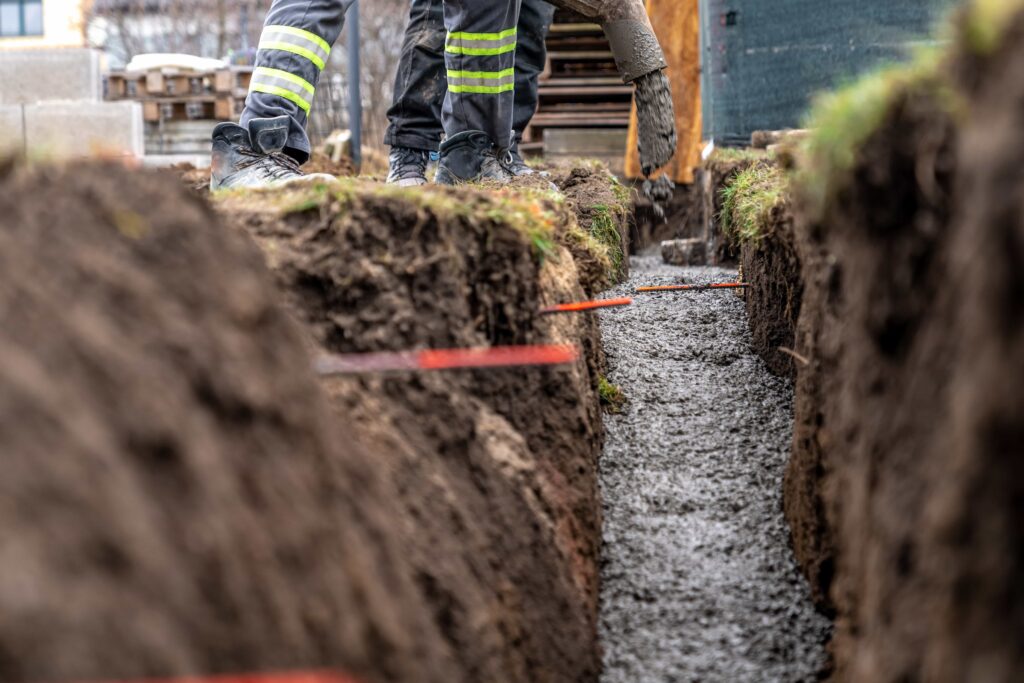Water damage can be a homeowner’s worst nightmare, but with the right preventive measures, it’s entirely avoidable. One of the most critical steps in protecting your home from the ravages of water damage is foundation waterproofing. This process not only safeguards the structural integrity of your home but also prevents a myriad of problems that can arise from water infiltration. In this blog post, we’ll dive into the importance of foundation waterproofing, the different methods available, and tips for maintaining a dry and secure foundation.
Why Foundation Waterproofing is Crucial
The foundation is, quite literally, the base on which your home stands. When water penetrates the foundation, it can lead to several issues, including mold and mildew growth, increased humidity inside the home, and even structural damage. Vundamendi hüdroisolatsioon helps to prevent these problems by keeping water out where it belongs.

Common Signs of Foundation Water Issues
Before we explore waterproofing solutions, it’s essential to recognize the signs of foundation water issues. These can include:
- Visible cracks in the foundation walls or floor
- Water stains on walls or floors
- A musty smell, particularly in basements or crawl spaces
- Efflorescence, or white powdery residue on concrete surfaces
- Mold or mildew growth
If you notice any of these signs, it’s time to consider waterproofing your foundation.
Foundation Waterproofing Methods
There are several methods for waterproofing a foundation, each with its advantages and considerations. The most common techniques include:
- Interior Sealants and Waterproof Coatings: These are applied to the interior walls of the foundation, forming a waterproof barrier. While this method can help manage minor dampness and condensation, it’s not a solution for significant water infiltration.
- Exterior Waterproofing: This involves excavating around the house to the full depth of the foundation walls, then applying a waterproof coating or membrane. Exterior waterproofing is highly effective but can be costly and labor-intensive.
- Drainage Systems: Installing a drainage system, such as a French drain, around the foundation can help redirect water away from your home. This method often complements other waterproofing techniques.
- Sump Pump Installation: In areas prone to flooding or where the water table is high, a sump pump can be an essential part of your waterproofing strategy. It pumps water out from under your house and away from the foundation.
DIY vs. Professional Waterproofing
While some aspects of foundation waterproofing can be tackled by a competent DIYer, professional assessment and installation are recommended for most projects. Professionals can offer a comprehensive evaluation of your home’s specific needs and ensure that the waterproofing method chosen is appropriately implemented.
Maintenance Tips
After waterproofing your foundation, regular maintenance is crucial to ensure its effectiveness over time. This includes:
- Regularly inspecting your foundation for signs of cracks or water ingress
- Cleaning gutters and downspouts to ensure water is directed away from your foundation
- Maintaining proper grading around your home so that water flows away from the foundation
- Testing your sump pump annually to ensure it’s in working order
Conclusion
Foundation waterproofing is an essential investment in the longevity and health of your home. By understanding the signs of water damage, familiarizing yourself with the different waterproofing methods, and undertaking regular maintenance, you can protect your home from the ground up. Whether you choose to tackle some tasks yourself or hire professionals, the peace of mind that comes with a dry and secure foundation is invaluable.
